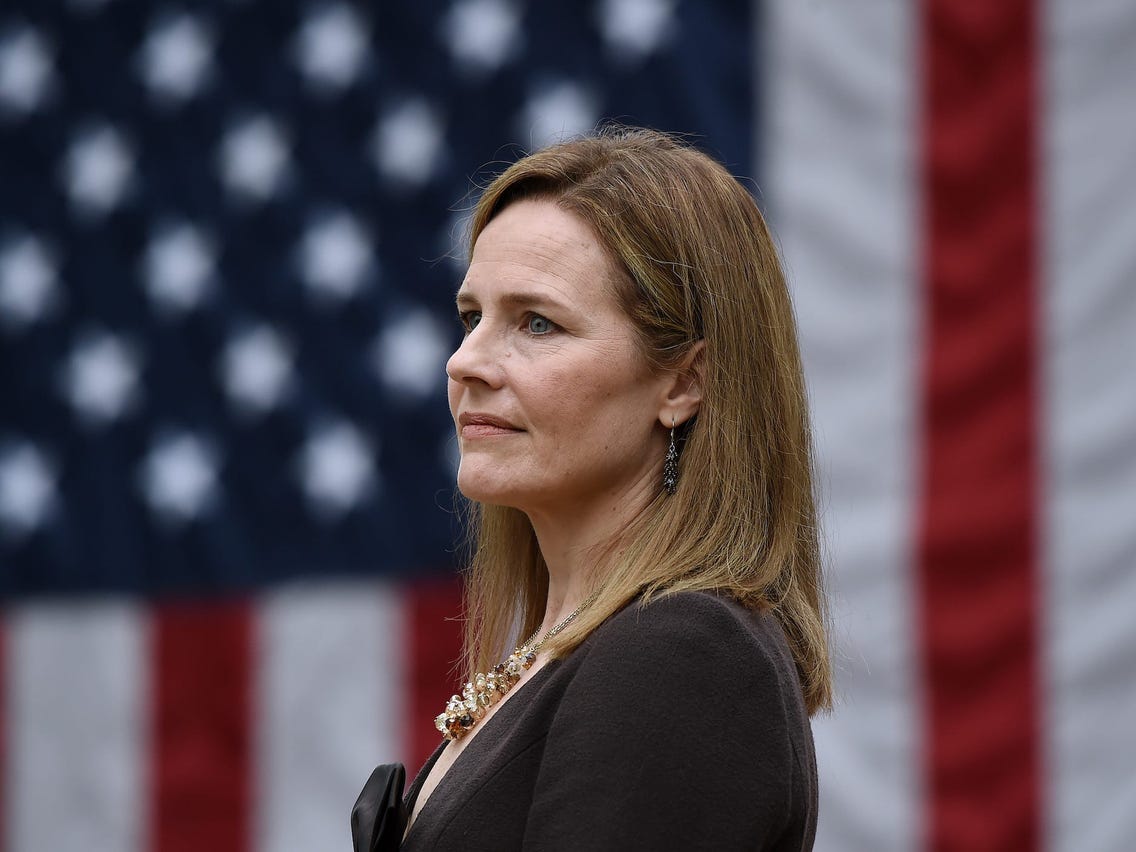Judge Amy Coney Barrett’s nomination to the United States Supreme Court has once again raised the question of the role of Catholicism in American public life. Catholic judges are often in the position. But in interesting ways, she may represent a different kind of Catholic judge. In some ways, the nomination process and its larger cultural conversation have proceeded the expected way: opponents argue Catholic judges represent some sort of alien importation into American life, and Catholics assuring these potential adversaries that in fact Catholics can be good “American” citizens just like anyone else.
Login to read more
Sign in or create a free account to access Subscriber-only content.
Topics:
